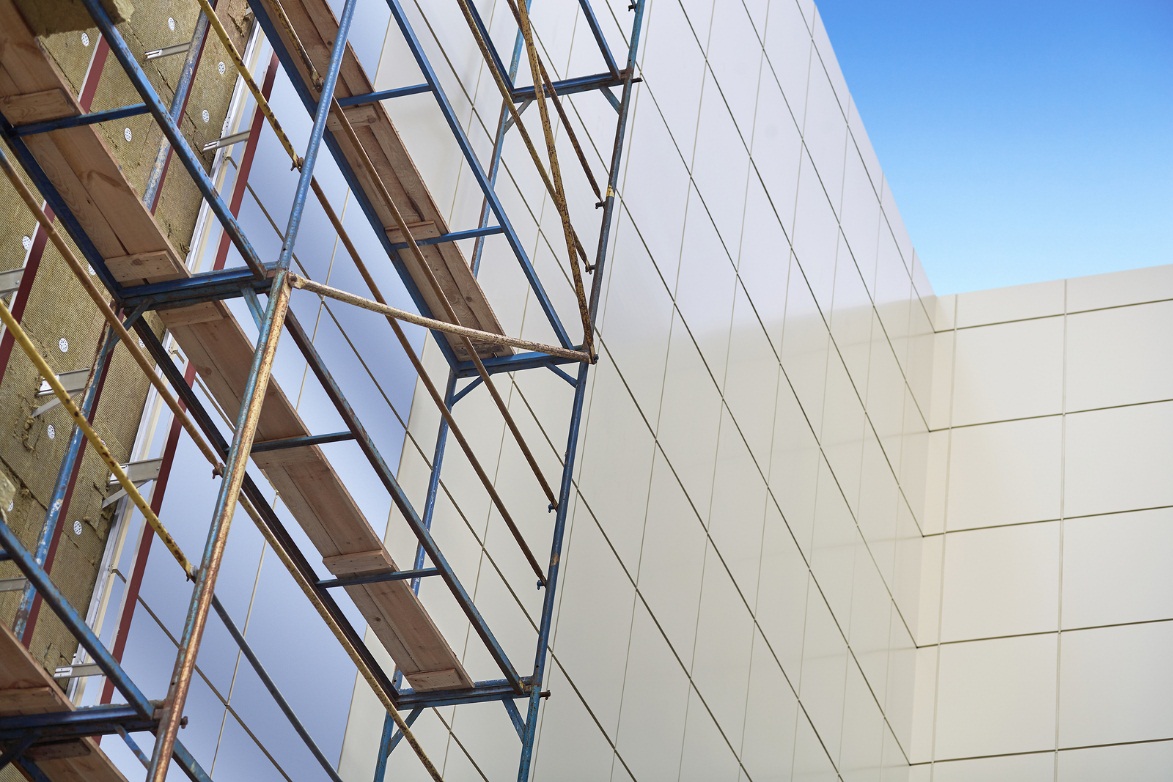During the 90’s, brass was largely forgotten; the minimalism of chrome and aluminum made these the metals of note for this period. Halfway through the 2010s, however, the bygone vintage years became an intense source of inspiration for many. Because of this, brass experienced a resurgence in the field of design, from engraving brass to large-scale industrial uses. Architects were right in the forefront of this brass renaissance.
Brass in Architecture
A growing number of architects are selecting brass as their top cladding material. Two popular reasons – its excellent weathering qualities and elegant, golden luster – are frequently cited. In London, for instance, you’ll find what’s dubbed as “Cadbury’s Crunchie.” It’s a sixties apartment refurbished by Make Architects. If you’re walking along the street, you might not immediately notice anything special in its façade. Yet when seen from nearby RIBA headquarters, the majestic display of bronze comes into full effect. It features a stunning, golden cladding in the apartment’s rear elevation. This is just one example of how brass is becoming increasingly important for architectural design and style.
The Distinguished Appeal of Brass
Unlike other metals, a key element that sets brass apart is how it naturally patinates through the years. Architectural projects using brass start out with a warm, golden tone. Over the years, this mellows out and takes on intense character and depth. Therefore, facades and other parts clad in brass age gracefully while never losing their elegant luster.
Make no mistake, however: the appeal of brass goes beyond skin deep. As an alloy of metal and zinc, it displays the strengths of both with some unique advantages of its own. Brass is extremely durable. It can withstand very high temperatures, making brass tubing a valuable material for plumbers. This alloy resists corrosion like no other metal, and it doesn’t rust. Its durability and lifespan alone makes brass a value-loaded material for many applications.
Furthermore, architects appreciate the great machinability of brass. This quality allows brass to be shaped into countless forms without losing its strength. Sourced from a knowledgeable purveyor, it can be fashioned to a project’s exact specifications.
Beauty, elegance, strength, and versatility— the qualities of brass truly make it an outstanding metal for countless architectural needs.
Sources:
Register for free to keep reading. www.building.co.uk
Coastal Architecture Trends. www.oceanhomemag.com


